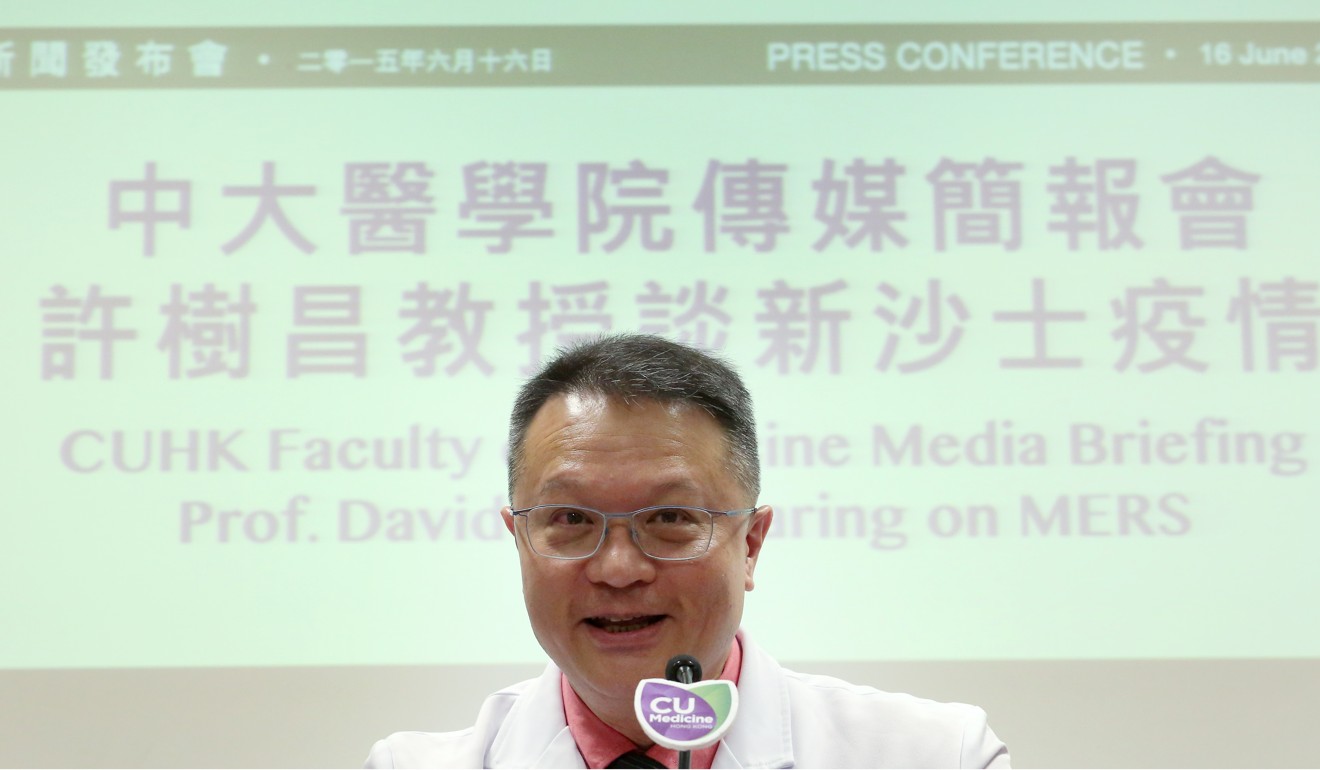
Prince of Wales Hospital to submit report to government after asbestos is found in building on grounds
- The carcinogenic material was widely used for insulation and fireproofing in construction before it was banned in Hong Kong over 30 years ago
- Experts say the material in older buildings is only dangerous to the public if it is exposed and hangs loosely
Environmental officers inspected a public hospital in Sha Tin on Thursday after public concern over the discovery of asbestos during the renovation of a building.
The Prince of Wales Hospital found the carcinogenic material, which was once common in construction use, in gas extraction pipes in the hospital’s Special Block last month during a review before the start of building works.
A hospital spokesman confirmed on Thursday that the material had been found, stressing it would not under normal circumstances be a cause for health concern.
The affected area has now been sealed off from staff and patients, and can only be entered by construction workers, he said.
Hong Kong lags in government regulations for workers’ health and safety
Medical and engineering experts also said the material, which has been banned in the city since the mid-1980s, was safe as long as it did not hang loosely.
“The hospital has commissioned a registered asbestos consultancy to review the asbestos condition regularly, and to take air samples, to ensure the material has not been released into the air,” said a hospital spokesman.
He said the asbestos was detected in February by the consultancy before the renovation project under the existing procedures, and that the condition in the piping was found to be “non-friable”.

The hospital had requested that the consultant formulate a control plan and submit it to the Environmental Protection Department as required by law, the spokesman added.
The block in question was built in the early 1980s, before the silicate mineral, which was widely used for fireproofing and insulation, was banned in the city after it was found to cause asbestosis, lung cancer and mesothelioma through inhalation of its fibres.
A spokesman from the Environmental Protection Department said its officers inspected the location on Thursday.
It will follow up on the hospital’s asbestos investigation report.
Centre for Food Safety must up its game
Former president of the Hong Kong Institution of Engineers Edmund Leung Kwong-ho said the law did not require compulsory removal of asbestos from buildings erected before the ban as long as it was in a satisfactory and undisturbed state.
David Hui Shu-cheong, professor of respiratory medicine at Chinese University, said mesothelioma caused by inhaling asbestos fibres could be detected up to 30 years after prolonged exposure and was hard to cure.
The pulmonologist, who also works at the Prince of Wales Hospital, said that the material was still common in many older buildings but that there were no reasons to worry if the material was fixed or removed according to safety procedures.

